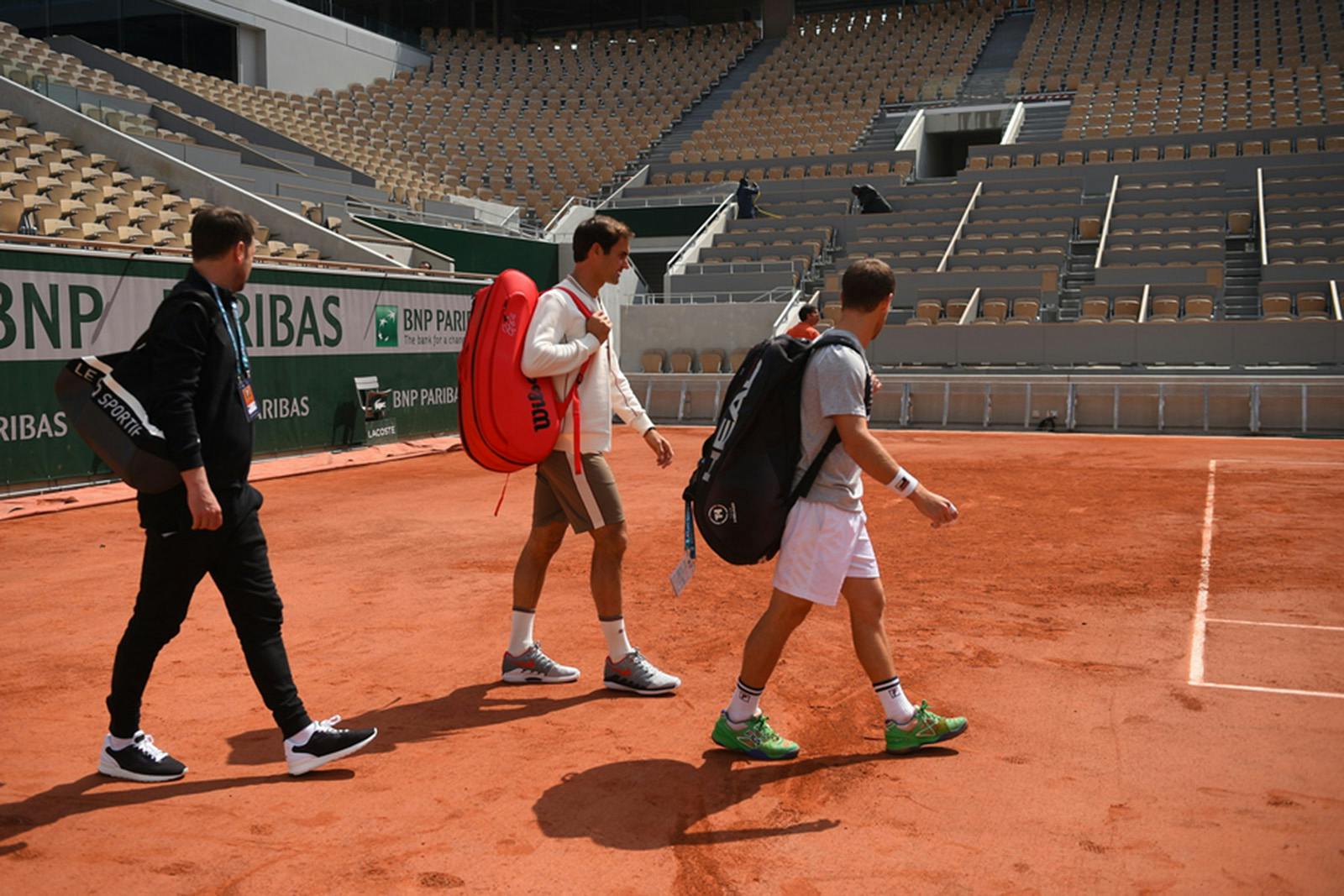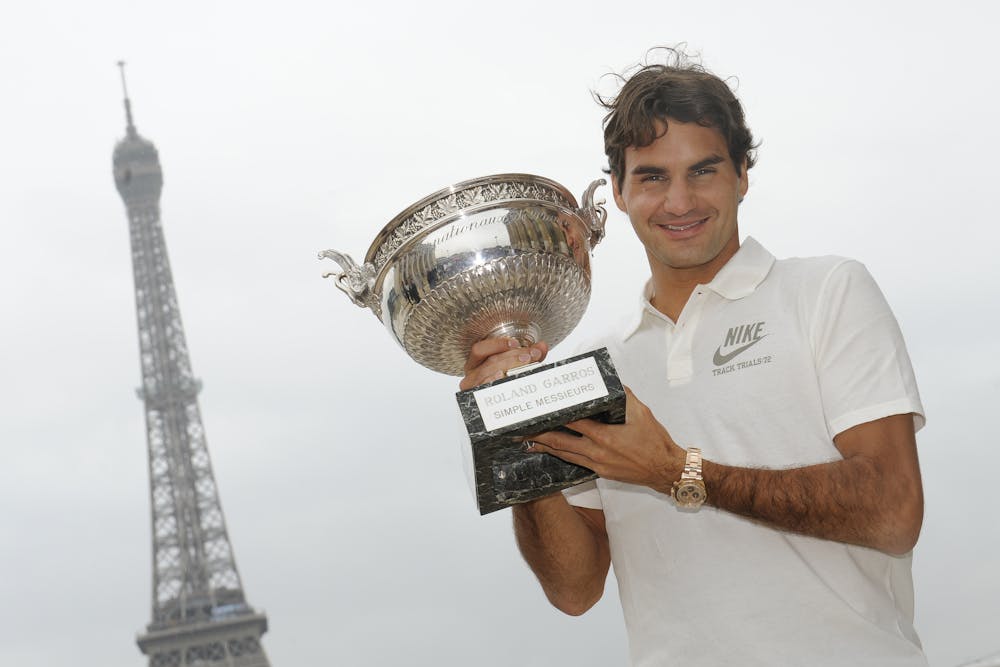Photo gallery
Roger Federer: Back at Roland-Garros

Federer's return is a joy for Roland-Garros, but can he really triumph one more time?

The way Roger Federer breezily makes it sound, his eagerly-awaited return to Roland-Garros after missing the last three editions is giving him a devil-may-care, free hit at regaining the one Grand Slam title that has eluded him more often than any of the others.
“I feel now I can play pressure-free, because what is there to lose? Nothing really,” Federer said airily during a recent interview with the New York Times.
“I haven’t played on clay for three years so maybe for the first time in 15 years I can go to the French and be like, ‘Let’s just see what happens.’ And maybe that’s exactly what is going to make a beautiful result.
“And if it’s not, no problem. Then I have more time for the grass, and I still profited from a great build-up, and it made me strong physically, and it’s good for my game.”

This is great. It’s the mighty Fed tantalising us all with the idea that, 10 years on since his solitary triumph here, there may still be room for one wholly improbable encore on the red stuff. That’s the “beautiful result” option.
Then there’s the 'no problem' prospect that at 37, he may be about to be reminded brutally of exactly why he opted to sidestep not just the most unforgiving of all the Slams but the entire Spring clay-court swing for the previous three seasons.
Yet when he shrugs that a first-week exit would sit easily with him, can we take that with a hefty pinch of salt? After all, this is Roger Federer we are talking about. His record at Roland-Garros remains just another illustration of his ageless excellence; in the 11 editions between 2005 and his last appearance in 2015, he won once, reached four other finals, two semi-finals and three quarter-finals, only once failing to make the second week. One suspects the last-eight is his minimum requirement of himself.
The reason Federer abandoned clay after bowing out to his pal Stan Wawrinka in the quarters here in 2015 was to preserve his increasingly injury-prone, thirty-something-year-old body so it was in the best possible shape to carry him to yet another win at what he considered his most winnable Slam at Wimbledon.
It worked perfectly in 2017 and there is a strong argument too to suggest the lack of wear and tear from avoiding the rigours of clay helped him to his Australian Open wins of 2017 and last year.
So why change a winning formula? Federer reckons it was just “envy” at having to sit and watch his colleagues slipping, sliding and working the angles on the clay. Basically, it was the magician bemoaning the loss of a favourite stage. The question has been whether the more mature, more relaxed, more attacking post-2017 version of Federer might have discovered new forms of sorcery on clay too.
Winning twice in a day at the subsequent Italian Open, including a knife-edge triumph over Borna Coric, to reach the quarters demonstrated all his old mettle but the subsequent withdrawal as a precaution against further injury felt just as concerning to his followers.
However, watching him firing some masterful backhand bullets here in practice with Diego Schwartzman on the new Court Philippe-Chatrier was to see a man who won't die wondering here.
You would probably have to say that holding aloft the Coupe des Mousquetaires one more time for a record-extending 21st Grand Slam would be the most monumental achievement of Federer’s career, more astounding even than his 2017 Australian Open win carved out by a rusty 35-year-old dad of four who hadn’t played a tournament for half a year.
Which, of course, was the win that still persuades us that anything remains possible. Yes, even getting past Roland-Garros's perennial Rafa roadblock. Federer's fellow players, too, still rule out nothing.
“He’s still going, still playing fantastic but he’s 37 and you don’t know how much longer he’s going to play here,” said Tennys Sandgren here the other day. “The idea of no more Roger here is a sad thought. So you want him to play and you want him to play well and I think it’s really cool because everybody loves it when he’s here - the crowds, the excitement, it’s a whole other level when he’s on the court.
“And, of course, you can never count him out. Never, ever…..I mean, he’s Roger!”